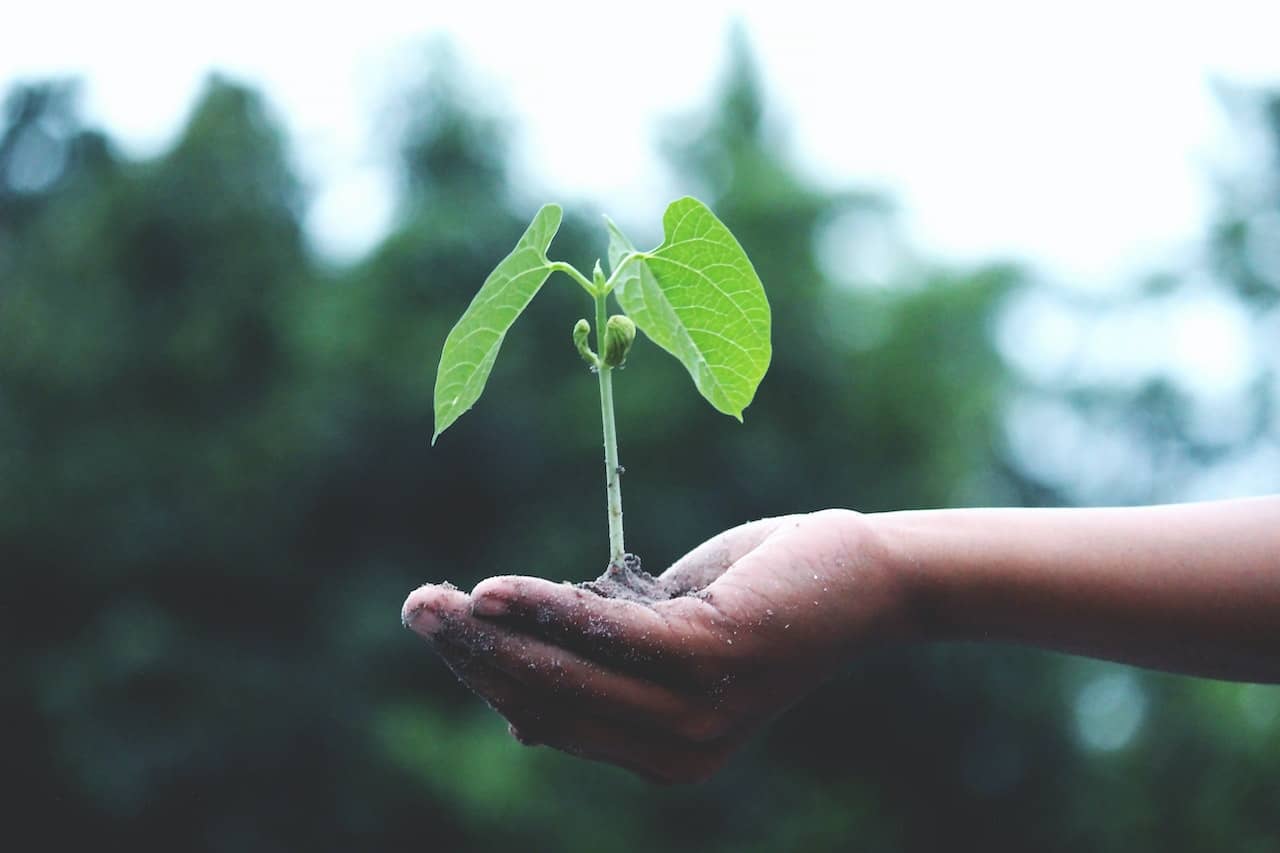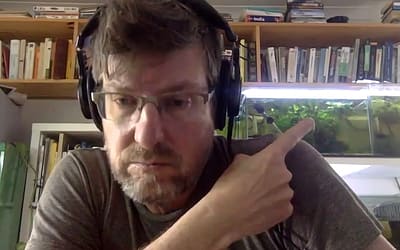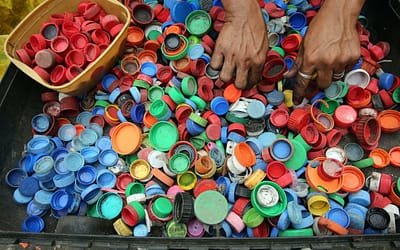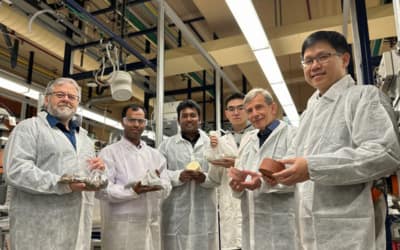This post was originally published on Sustainability Matters

The Australian Government has announced its Solar Sunshot program, aimed at growing solar PV manufacturing in Australia while providing a pathway for local solar PV innovation to be commercialised.
The $1 billion program will be delivered by the Australian Renewable Energy Agency (ARENA), with development and design to be carried out in collaboration with the Department of Climate Change, Energy, the Environment and Water (DCCEEW).
Prior to this, ARENA had funded the Australian Photovoltaic Institute’s (APVI) ‘Silicon to Solar’ report to investigate solar manufacturing capability and potential in Australia. The report outlined a credible pathway for a domestic supply chain that could result in benefits such as securing access to solar PV components, creating local jobs, attracting significant private investment and unlocking potential export opportunities.
“ARENA has been at the forefront of building Australia’s solar PV industry through its support for research, innovation and large-scale deployment. This has helped solar to become our cheapest form of energy,” said ARENA CEO Darren Miller.
“We’re pleased to see the Australian Government recognise ARENA’s wealth of experience and close relationships with industry by calling on us to deliver the Solar Sunshot program.”
Through Solar Sunshot, the government intends to provide support across the entire solar PV supply chain, including the scaling up of module manufacturing capabilities and exploration of other areas where grant funding can help kickstart the industry.
Areas of interest could be polysilicon, ingots and wafers, cells, module assembly, and other parts of the solar supply chain like solar glass and advanced deployment technology. There is also potential for development of other aspects identified through industry consultation.
ARENA and DCCEEW will publish a consultation paper outlining proposed specifications for the program, including objectives, funding mechanisms, timings, and draft eligibility and merit criteria.
“Australia has the opportunity to build high-quality products across the solar PV supply chain. Although we have a very small production capability today, we have the skills and the partnerships to establish a strong base that can be built on over the next decade,” Miller said.
“To unlock our renewable energy superpower vision, we need to be able to play a part in the whole supply chain, while also working with international partners and leveraging learnings as we build our own capability to complement the global market.
“We’ll be consulting widely with industry and other stakeholders to hear their views and inform what will be a transformative scale-up of Australia’s solar PV manufacturing capacity.”
Following the consultation period, ARENA and DCCEEW will develop the final program design.
Stakeholders can register their interest in participating in the consultation process at https://arena.gov.au/funding/solar-sunshot/.
Image credit: iStock.com/FernandoAH





0 Comments